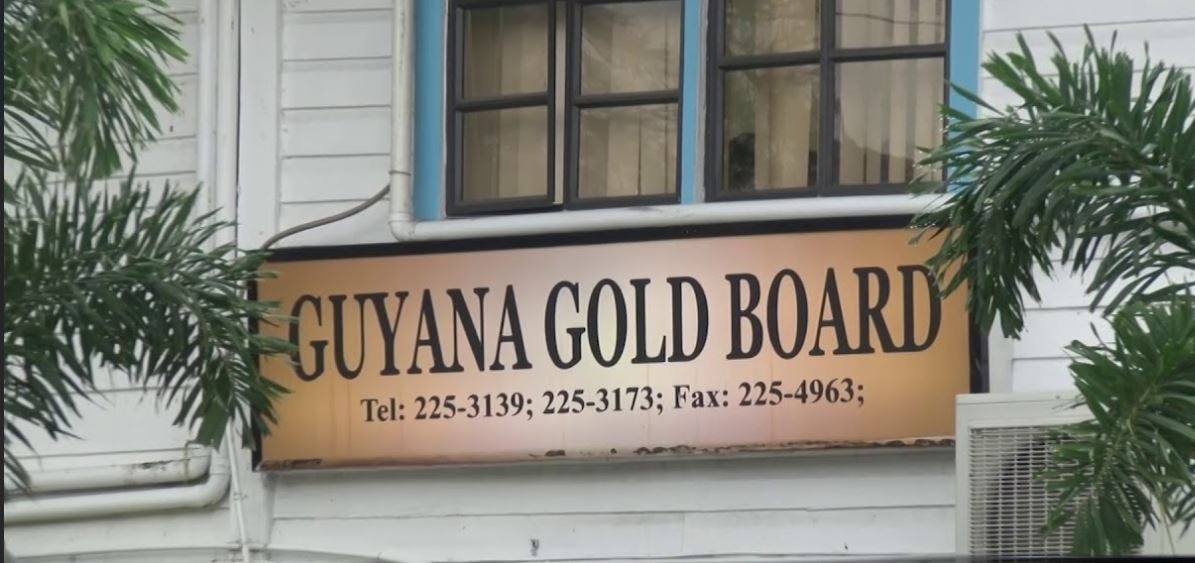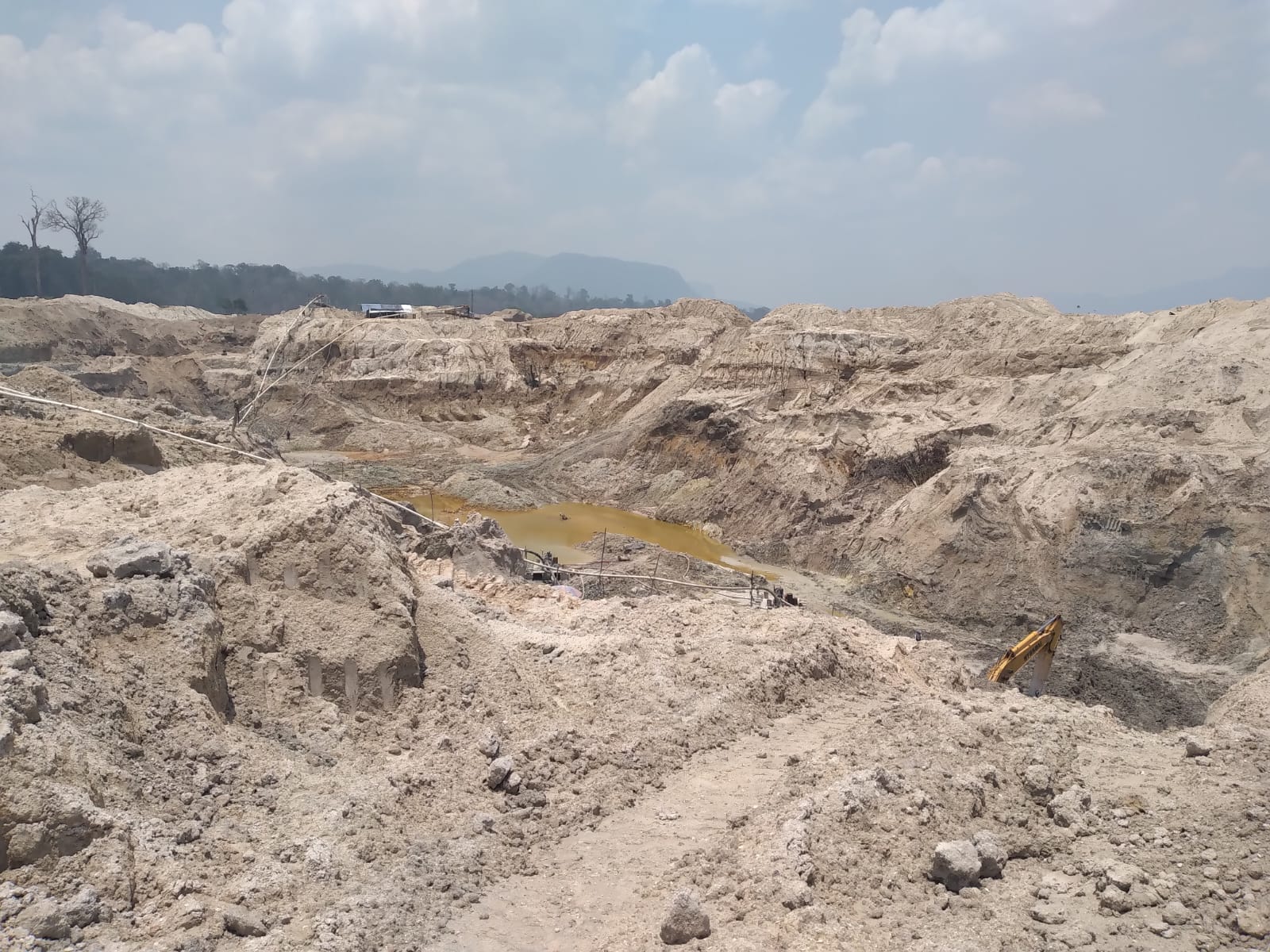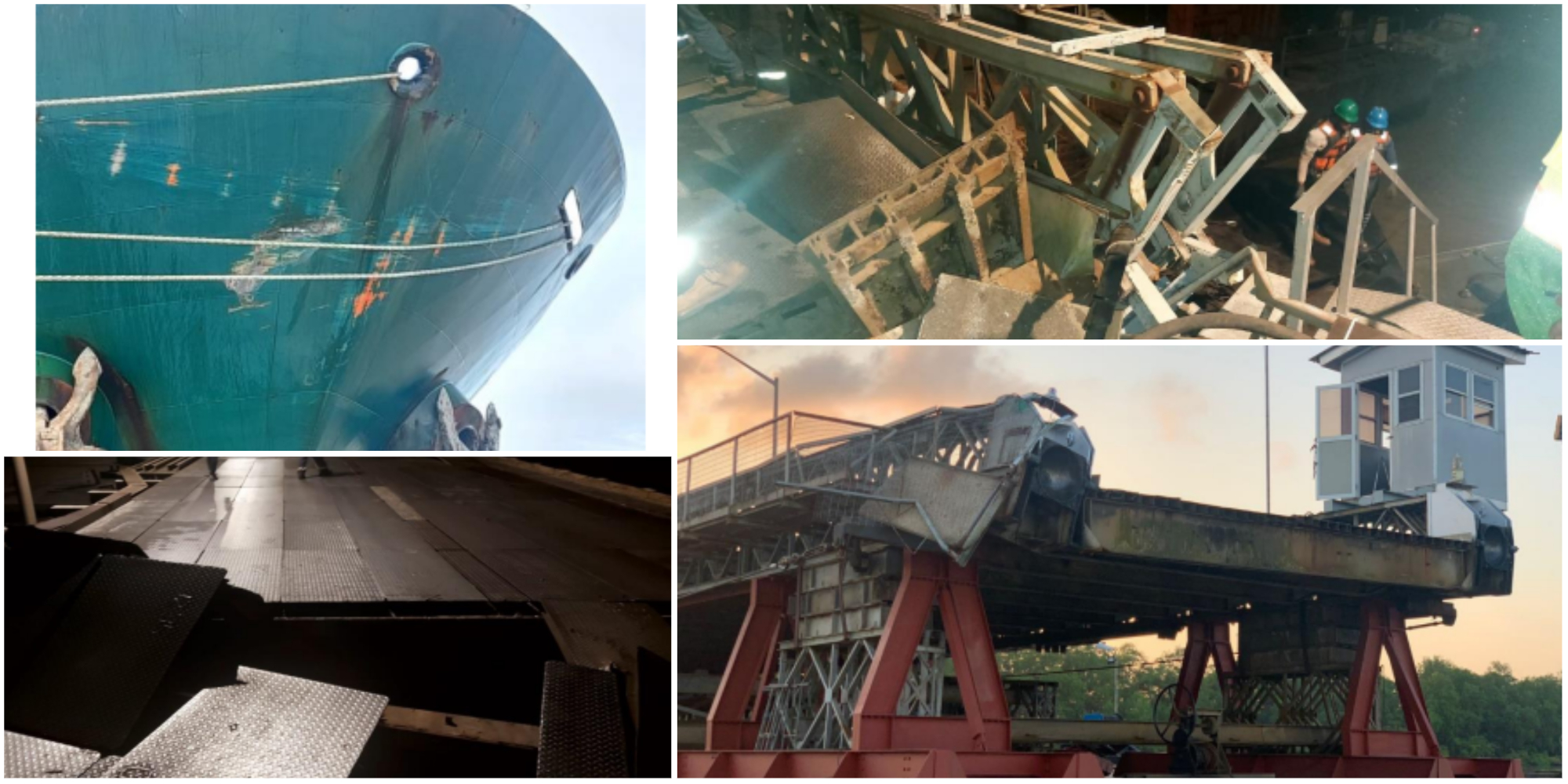The Guyana Gold Board (GGB) is seeking to assure miners and the general public that safety and health remain paramount concerns to the agency as it works to remedy the situation of burning raw gold in the Guyana Geology and Mines Commission (GGMC) Brickdam Complex.
It has been approximately a month now since the GGB ceased burning the gold there due to a mercury threat.
A statement from the Gold Board noted that remedial actions are underway with a view to returning the situation to a state of normality in the shortest time possible. These include continuous testing for the presence of mercury, cleaning of the compound and equipment and fast-tracking arrangements for relocation of the GGB’s facilities and staff.
“The current arrangements in place for burning of raw gold at the facilities of one of our licenced dealers are temporary and we very much appreciate the cooperation of miners and the general public.
“We are moving ahead with plans for permanent modern facilities at a new location and at the appropriate time we will disclose the details of those arrangements. These discussions are engaging the highest levels of Government with a view to resolving the issues,” the statement noted.
The public was reminded that while the Guyana Gold Board does not use mercury in any of its processes – as the Board deals with sponge gold and not amalgam gold – the agency is in full support of the government’s commitment to the Minamata Convention meant to reduce and altogether eliminate the use of mercury and in the development of a Green Economy for Guyana.
Guyana signed on to the Minamata Convention, which aims to reduce the risks of mercury around the world, in October 2013.
What is amalgam gold?
Amalgam gold is defined simply as an alloy of gold and mercury, with the gold dissolved into the mercury. The mercury, upon separation and removal from the raw gold, is then recycled.
What is sponge gold?
Sponge gold can be defined as a soft, yellow, corrosion-resistant element said to be a malleable and ductile metal, which occurs in veins and alluvial deposits and which is recovered by mining, panning, or sluicing.








